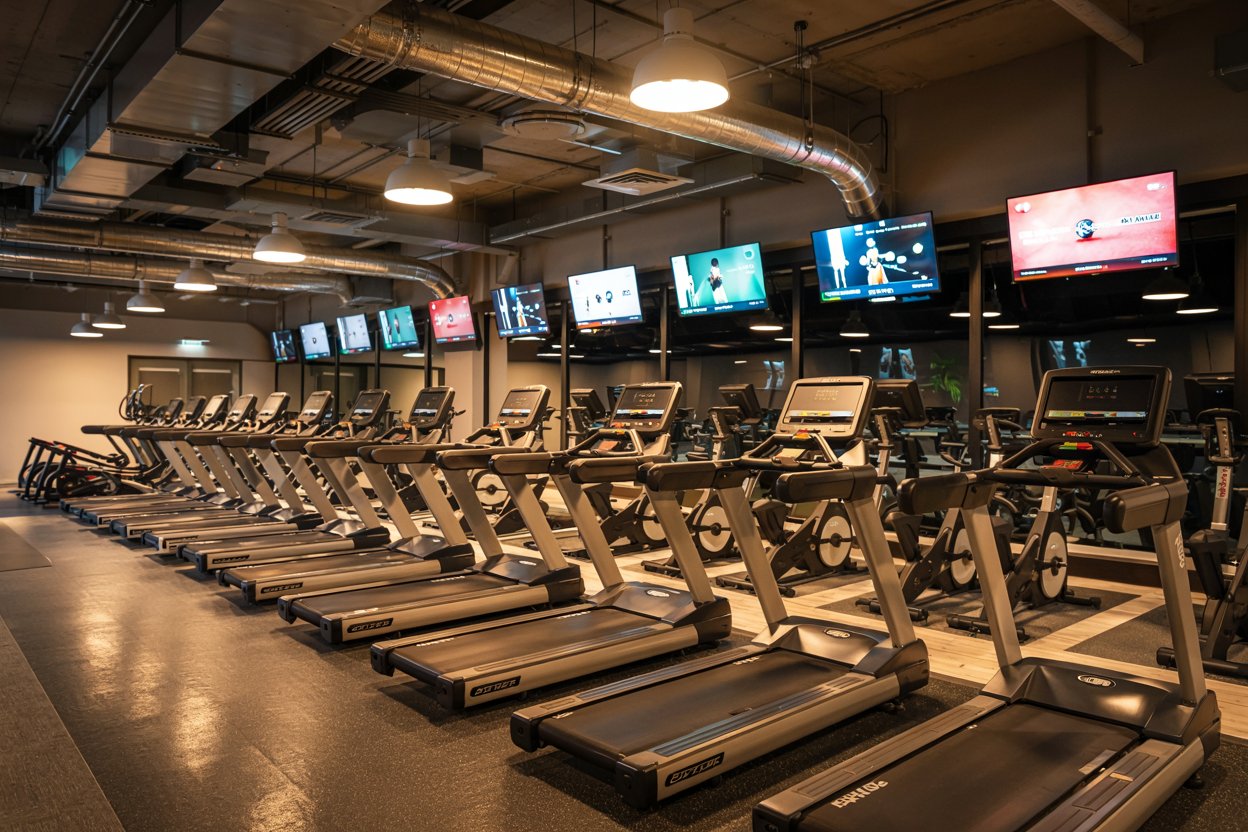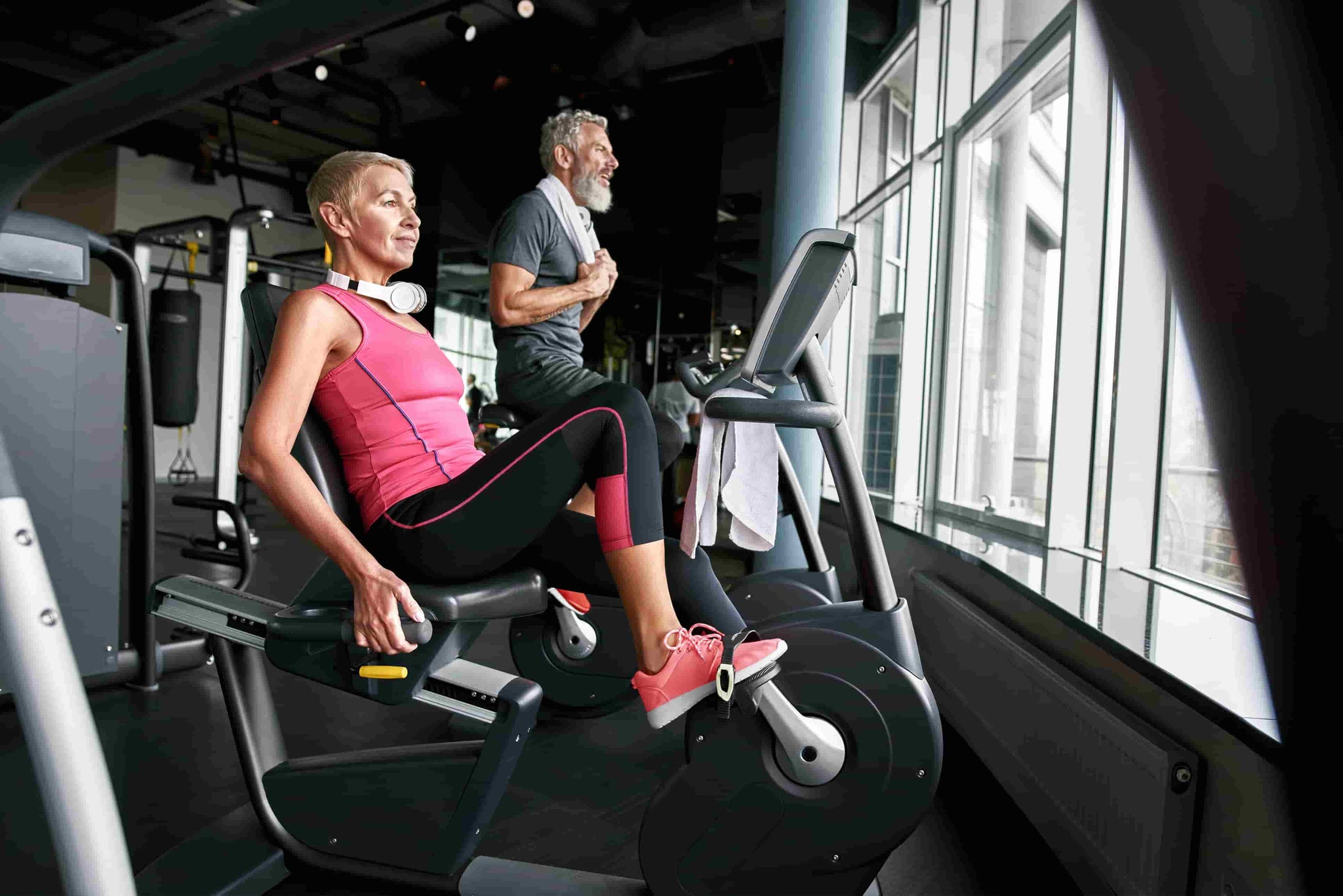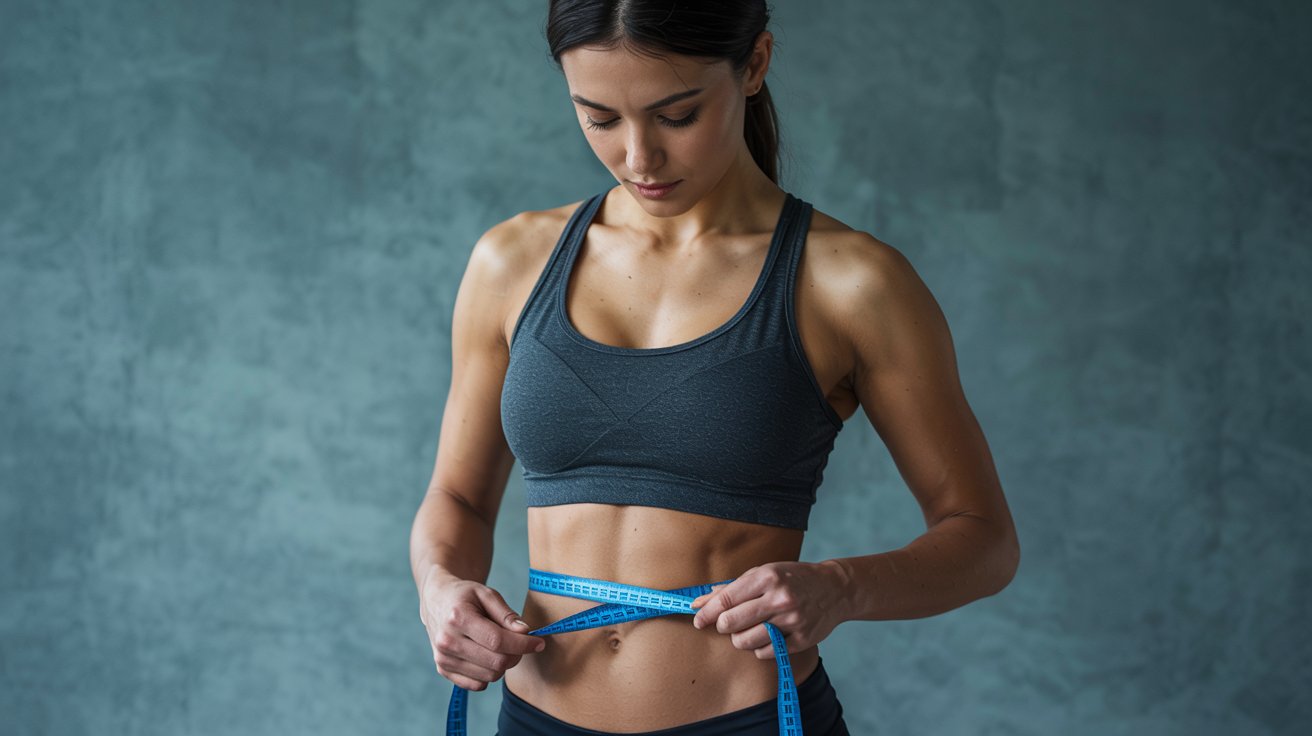How to Adjust Recumbent Bike Position: Seat Setup, Leg Alignment, and Posture Tips
Written by: Vanswe Fitness
Published on: April 30, 2025. Last updated: May 08, 2025

What's the Proper Recumbent Bike Posture
Even though you’re seated and supported, posture matters—especially during longer sessions. Proper recumbent bike posture means sitting upright with your back flat against the backrest, shoulders relaxed, and eyes looking forward. Your hands should rest lightly on the side handles without shrugging, and your core should remain engaged throughout the ride. This posture reduces neck and back strain while supporting efficient pedaling.
Source:A study published in the Journal of Sports Sciences [1]suggests that maintaining an upright seated posture with lumbar support significantly reduces lower back strain during cycling (Priego Quesada et al., 2016, DOI: 10.1080/02640414.2016.1215496).
How To Adjust Recumbent Bike Position
- Slide the seat forward or backward so that when the pedal is furthest away, your knee remains slightly bent (~10–15°).
- Ensure your back fully contacts the backrest to support your spine. Avoiding rounding or arching the back
- Keep your hips level—if your hips rock side to side while pedaling, the seat may be too far.
Source: According to a study published in Biomedical Sciences Instrumentation [2], maintaining a 10–15° knee bend at full pedal extension during recumbent cycling helps reduce knee joint stress and may protect against overuse injuries. (Reiser RF 2nd, Broker JP, Peterson ML, 2004)
What Is Proper Recumbent Bike Form?
While posture is your static body position, **form refers to how you move** throughout your workout. **Proper recumbent bike form means using smooth, controlled pedal strokes with even pressure from both legs while maintaining a stable upper body.** Avoid bouncing, shifting your hips, or gripping the handles too tightly. Good form ensures efficient movement, prevents joint strain, and helps you ride longer without fatigue.
Source: Research from the the Journal of Applied Physiology (2018) [3] showed that consistent, controlled pedaling improved aerobic capacity and reduced fatigue in patients with musculoskeletal issues.
How To Adjust Recumbent Bike Form
- Align your knees with your hips and feet—avoid inward or outward flare.
- Keep a slight bend (10–15°) in your knees at full pedal extension.
- Stabilize your ankles—no toe-pointing or heel lifting.
- Push through the mid-foot or ball of your foot, not the toes.
- Relax your shoulders and keep your head neutral, eyes forward.
- Pedal smoothly in controlled, circular motions—no stomping or bouncing.
Source: According to a study "It's time we spoke about physical therapy and bicyclists" published on the American Physical Therapy Association [6], poor bike posture and overextension are leading causes of cycling-related joint pain and injuries.
Best Tools to Improve Recumbent Bike Position, Posture, and Form
The best tools to improve your recumbent bike position and form include a mirror for visual feedback, a smartphone camera for recording, and heart rate sensors to monitor effort. These tools help you check your alignment, correct posture mistakes, and maintain consistent pedaling form for a safer, more effective workout.
Make your workouts more effective with these practical tools:
- ✅ Mirror: Watch your body alignment in real-time
- ✅ Smartphone camera: Record yourself to check form
- ✅ Fitness app: Monitor heart rate and pedaling cadence
- ✅ Heart rate sensors: Ensure you’re not overexerting due to poor posture
Source: The American Heart Association [4] recommends monitoring heart rate to stay within your target aerobic zone, especially during low-impact cardio like recumbent biking.
🔚 Conclusion
Riding a recumbent bike isn’t just about moving your legs—it's about how well your body supports the movement. A few simple adjustments in posture, position, and form can be the difference between a ride that feels effortless and one that leads to discomfort or injury.
Whether you’re recovering from an injury, easing into fitness, or aiming for long-term cardiovascular health, attention to detail pays off. Small corrections today build safer, stronger habits for tomorrow. Take the time to get your setup right—and let every ride work harder for you.
Reference
- Priego Quesada, J. I., Pérez-Soriano, P., Lucas-Cuevas, A. G., Salvador Palmer, R., & Cibrián Ortiz de Anda, R. M. (2017). Effect of bike-fit in the perception of comfort, fatigue and pain. Journal of sports sciences, 35(14), 1459–1465.
- Reiser, R. F., 2nd, Broker, J. P., & Peterson, M. L. (2004). Knee loads in the standard and recumbent cycling positions. Biomedical sciences instrumentation, 40, 36–42.
- Rudsits, B. L., Hopkins, W. G., Hautier, C. A., & Rouffet, D. M. (2018). Force-velocity test on a stationary cycle ergometer: methodological recommendations. Journal of applied physiology (Bethesda, Md. : 1985), 124(4), 831–839.
- American Heart Association. (n.d.). Target heart rates. Retrieved May 9, 2025, from https://www.heart.org/en/healthy-living/fitness/fitness-basics/target-heart-rates
Latest Articles






